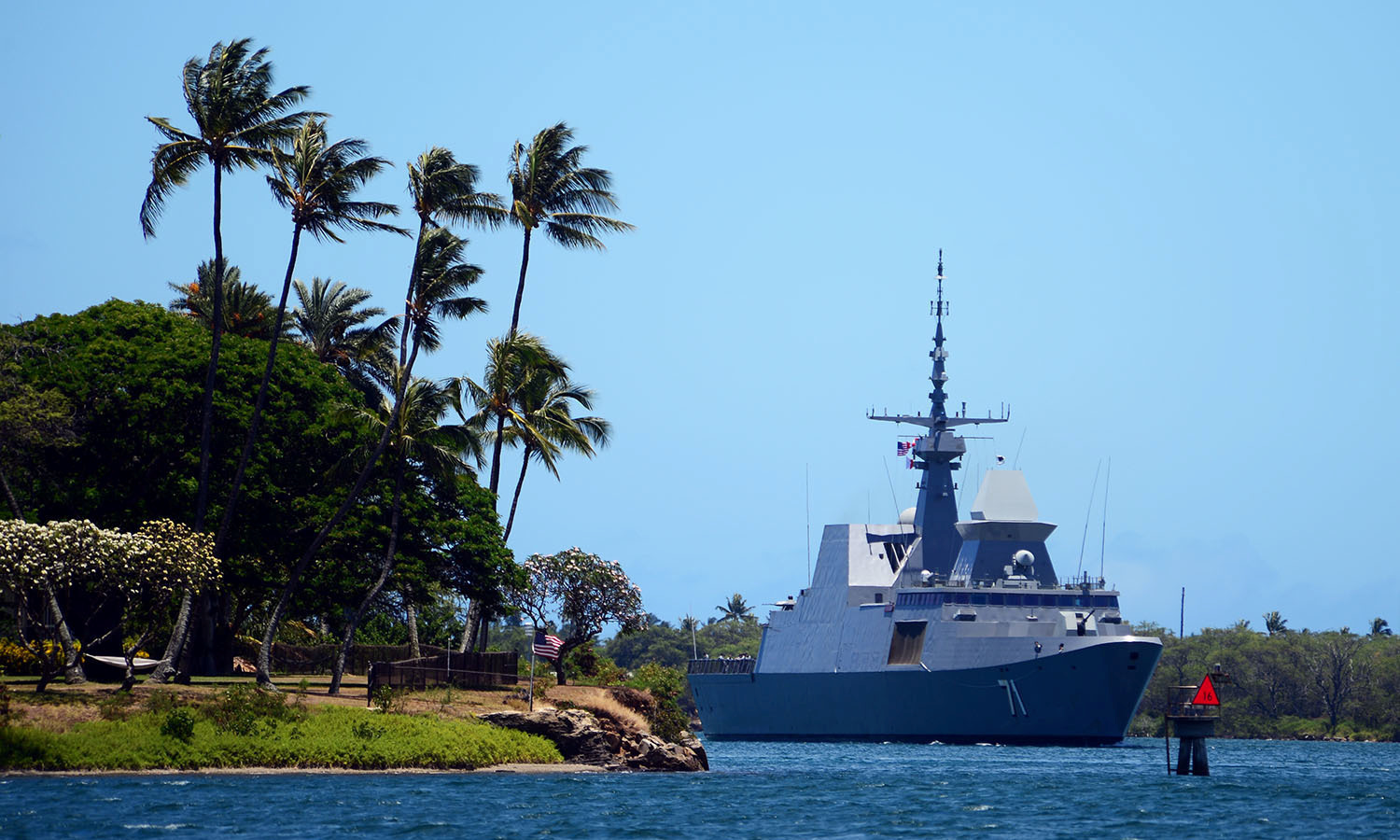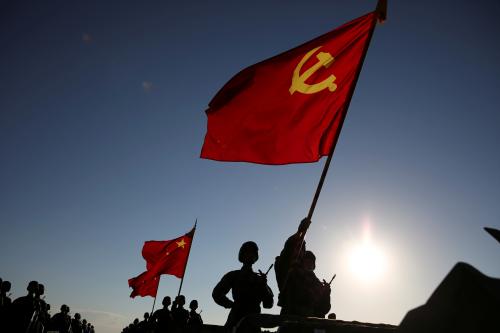Executive summary
The Pacific island clusters of Melanesia, Micronesia, and Polynesia share a geopolitical reality: they lie in the main space that separates the world’s two biggest powers. The United States has retained an arc of territories and bases across the northern reaches of Oceania, though it has at times neglected the underlying relationships that support this access. Recently, China has been trying to take advantage of that neglect by advancing its economic, resource, and diplomatic interests in the region. The Pacific Islands are particularly important to China’s “counterinsurgency” strategy, which seeks to prevent reinforcement of the United States’ position inside the first island chain — a string of islands that encloses the seas immediately off China’s eastern coast. Beijing’s tactics involve using presence, investment, diaspora, elite ties, corruption, and pressure to acquire diplomatic relationships and logistics access. Not all Chinese advances have been successful, but China is making inroads across the southern reaches of the region. While the United States, Australia, and Japan are undertaking robust (albeit belated) soft power efforts to dull China’s expanding influence, questions around employing hard power loom. The United States is still debating whether to reinforce its military presence inside the first island chain, under the shadow of Chinese missile trajectories, or fall back to the second chain — or beyond — in Oceania.
-
Acknowledgements and disclosures
The author thanks Sophia Hart for her valuable research assistance, and Rachel Slattery for her assistance on graphics.





